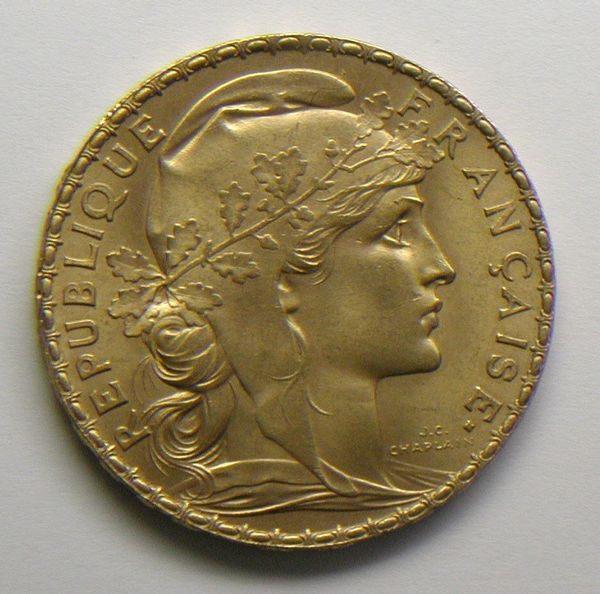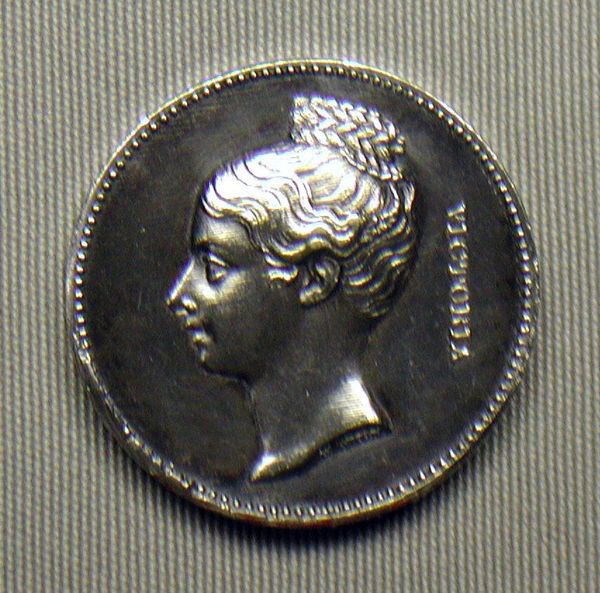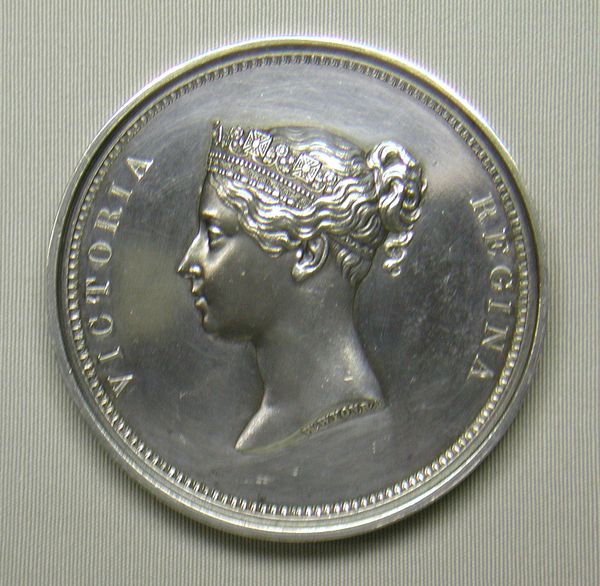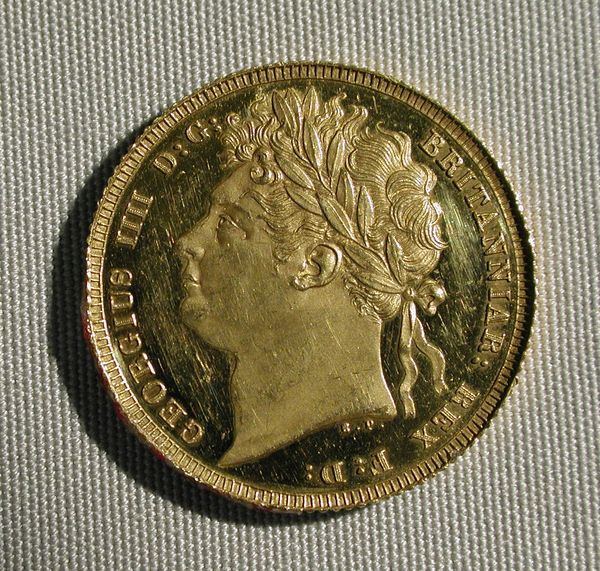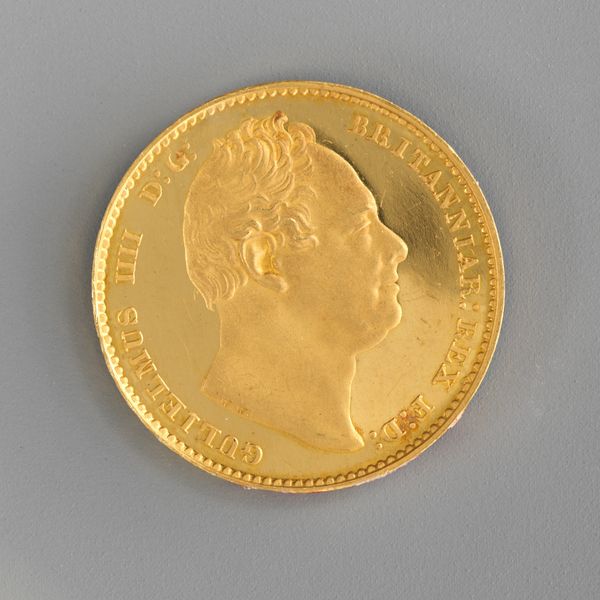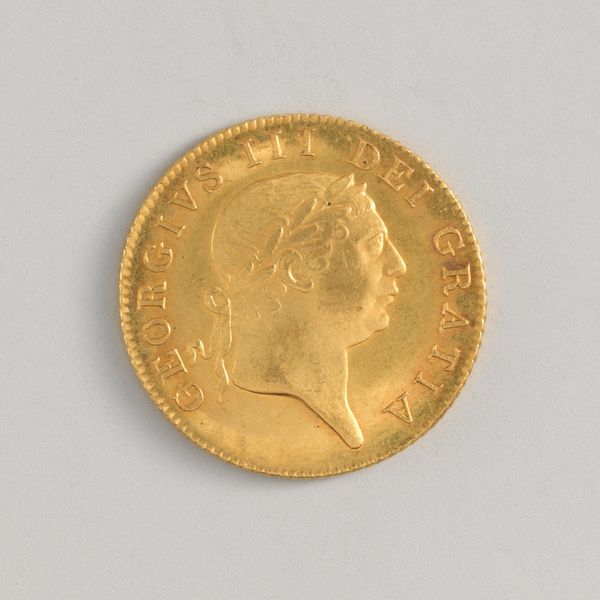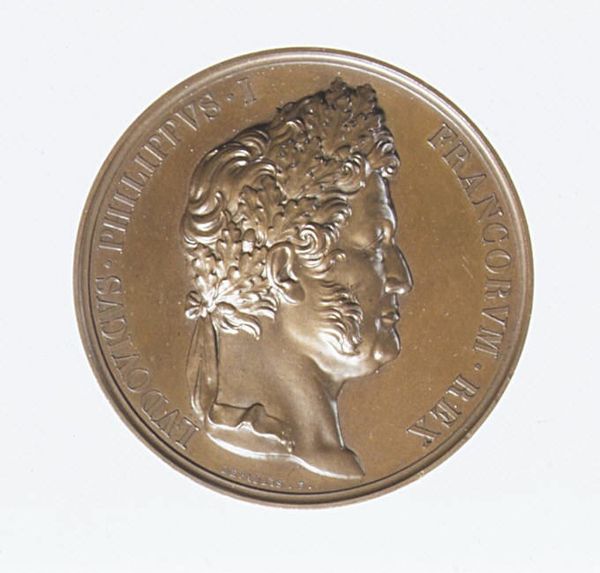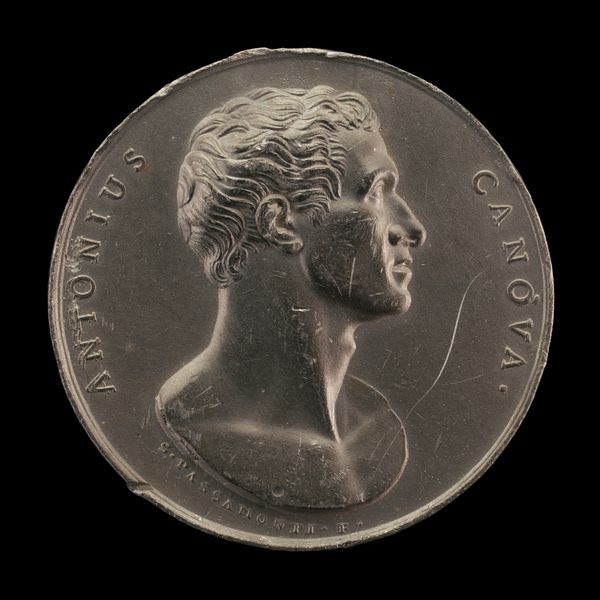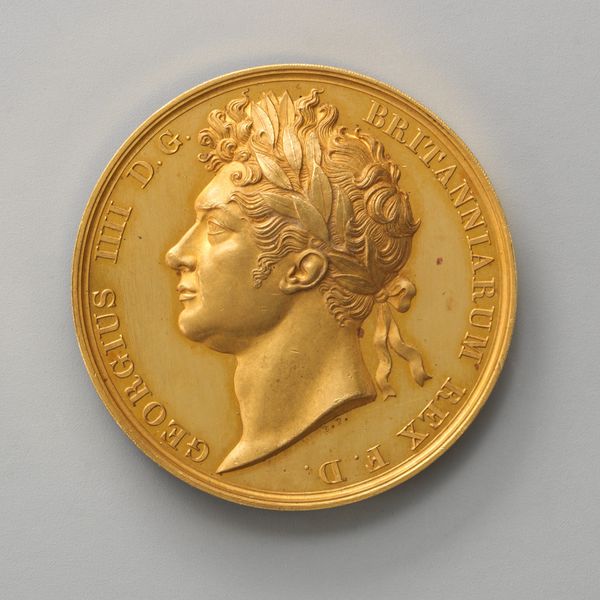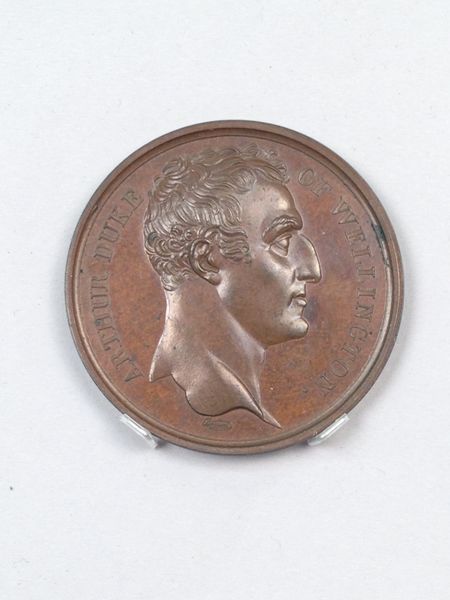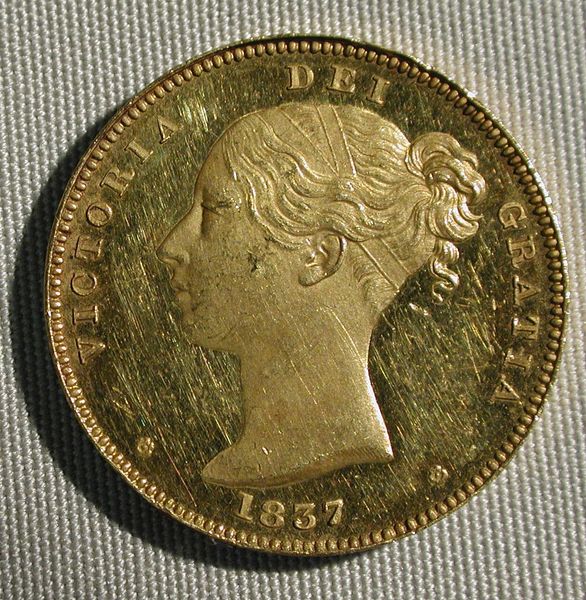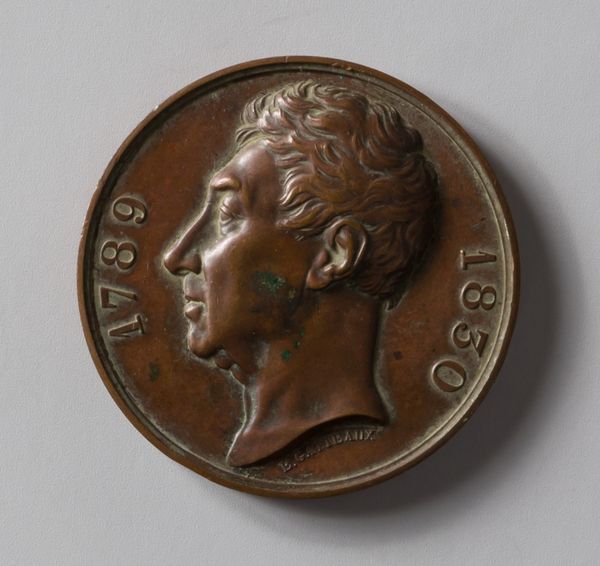
The Breaking of Camp at Boulogne; and Assuming once more of the Command of the Army by the Emperor. 1805. 19th century
0:00
0:00
metal, relief, bronze, sculpture
#
portrait
#
medal
#
neoclacissism
#
metal
#
relief
#
bronze
#
sculpture
#
history-painting
#
decorative-art
Dimensions: Diameter: 1 5/8 in. (4.1 cm)
Copyright: Public Domain
Curator: Immediately striking—the rich, warm sheen of the bronze catches the light beautifully, doesn't it? Editor: It does. We're looking at a bronze medal, dating from the 19th century. It's entitled "The Breaking of Camp at Boulogne; and Assuming once more of the Command of the Army by the Emperor. 1805.", currently residing here at the Metropolitan Museum of Art. The artist is Jean-Pierre Droz. Curator: The profile is neoclassical perfection; observe the idealised, almost god-like, depiction of Napoleon. The laurel wreath, of course, symbolising victory and imperial authority. It's masterfully executed—the relief is subtle, yet defined. Editor: Indeed. These medals were produced not just as commemorative objects but as tools of propaganda. They portray Napoleon as the rightful heir to the Roman emperors. Boulogne was, of course, the site where Napoleon gathered his forces for the planned invasion of England. Curator: A failed invasion, however successfully spun later on, for domestic consumption. But the object itself is exquisite; a testament to the power of imagery in shaping public perception. Note the inscription around the edge. Every detail is designed to reinforce a message of strength and destiny. The repetitive beading around the edge provides textural contrasts while it frames Napoleon, almost sanctifying him. Editor: Precisely. Consider how this piece, through its materiality and dissemination, participated in constructing the Napoleonic myth. The bronze, durable and reproducible, ensured that this image of Napoleon could circulate widely, solidifying his image across his territories. Curator: An emperor immortalised in bronze. It prompts one to think about the long shadow of power, and the artful construction of legacies through enduring material forms. Editor: Yes, and through such carefully constructed objects, we glimpse into the ambition and self-fashioning that shaped a pivotal moment in European history. A small object, with monumental implications.
Comments
No comments
Be the first to comment and join the conversation on the ultimate creative platform.
